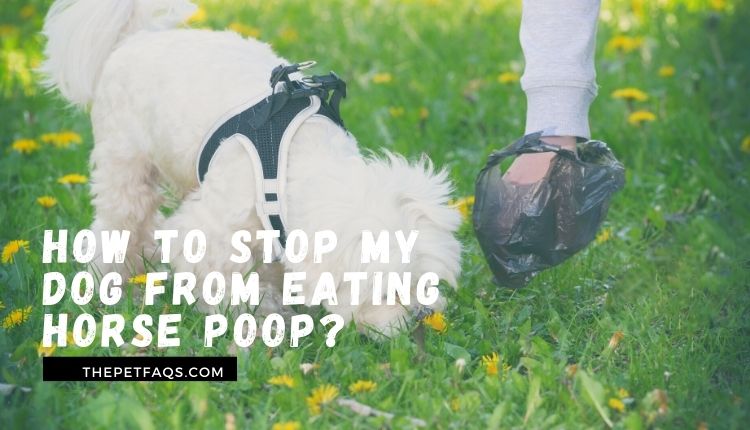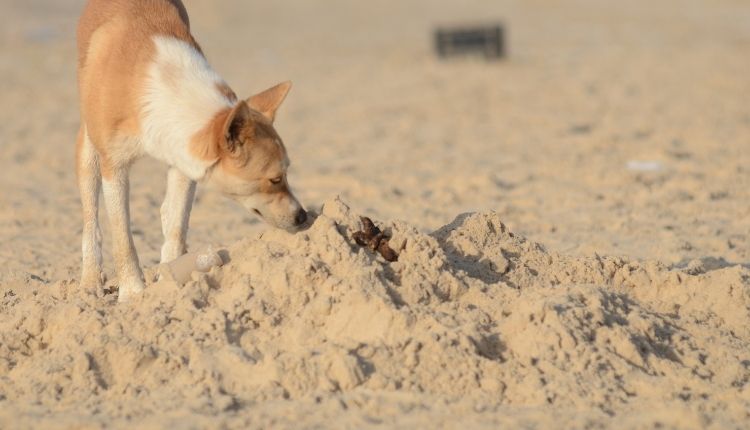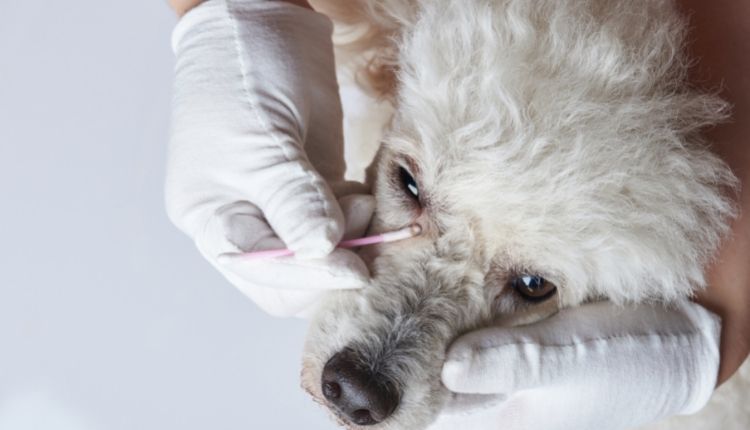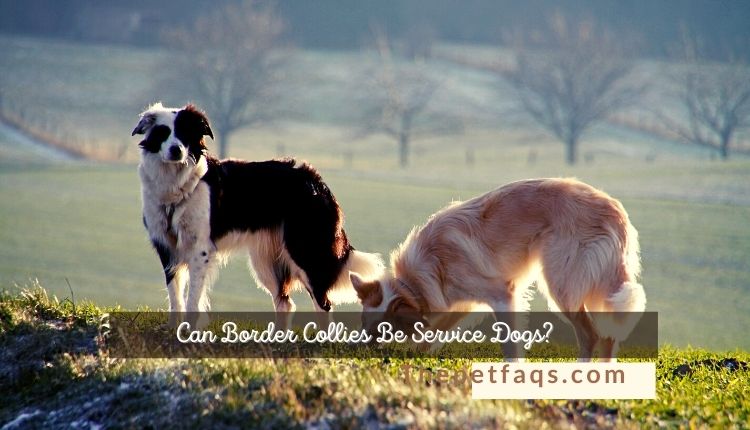How To Stop My Dog From Eating Horse Poop?
If you are a dog owner, then there is a chance that your dog has got the habit of eating faeces. This is not just bad for your pet’s health but also a serious concern for its owner.

How to stop my dog from eating horse poop? Here are some tips to help you stop your dog from eating horse poop.
Positive reinforcement:

The first and most important step is to try to provide your dog with positive reinforcement when it eliminates in a designated area. This can involve giving your pet treats or kibble after eliminating outside or indicating (with body language) that you’re happy they did their business in the right place. Making this a regular occurrence will help discourage your pet from eating faeces altogether.
The second step is to be firm with your pet when it starts to eat faeces. If your dog seems hesitant about putting its nose in the poop and begins to mainly sniff around instead of eating, disciplining them in a similar way as you did with the positive reinforcement will help get them back on track.
Third, flooding their mind with negative associations: Another strategy is to flood your dog’s mind with bad associations whenever they see faeces or think about eating them. This can be done by locking the door to the room where their litter box is or ensuring that they have no access to faeces during a time when it’s not desirable for them to eat.
If your dog does start eating faeces, you can startle them by coming into the room and shouting at them until they stop. Fourth, be firm but Gentle: The last step is being firm but gentle with your dog when disciplining them for any bad behaviour, including eating faeces. If your dog acts defiant or tries to escape, be aggressive and hold them still until they’ve stopped resisting.
Defining Tasks:

When it comes to training your dog, one of the most important things you can do is to provide them with clear and specific tasks. This will help ensure that they understand what you want from them and that their actions always have a purpose.
One way to do this is by teaching your dog keywords or phrases associated with each task. For example, if you want your dog to sit down on command, you could say “sit” or “down” before giving the command. This will help them to associate those words with a specific task and make it easier for you to train them in the future.
Another way to do this is through training guides. These are little cards or posters that describe different tasks and include pictures of what you should be looking for when completing the task. Having a visual guide as you train your dog can be extremely helpful, as it will make the task easier for them to understand.
Getting Started:
One of the best ways to train your dog is to start by giving them basic commands. These may include things like “sit,” “down,” and “stay.” Once your dog has learned these basic commands, you can begin teaching them more specific tasks.
Creating a Positive Environment:
One of the most important things you can do when training your dog is to create a positive environment for them.
This means being patient and consistent with your commands and providing them with positive reinforcement whenever they succeed in completing a task.
This will help to build their confidence and eventually make training easier for both of you. Also, be sure to crate train your dog if they are going to be staying home alone. This will help keep them safe and prevent them from making any unwanted noise.
Success Stories and Training Questions:
Q: I’ve tried training my dog with Basic Commands, but she just doesn’t seem to understand them. What can I do?
A: first, try teaching your dog the “sit” command before moving on to more complicated commands. This will help establish a baseline for your relationship and help the dog associate sitting down with being obedient.
Next, make sure you provide enough positive reinforcement when your dog successfully completes sitting or down commands- this will help them learn that these tasks are actually fun.
Next, try incorporating verbal commands such as “good dog” into your training routine to increase the incentive for your dog.
Finally, try different methods of prompting such as hand signals or voice prompts– this will make it easier for you and your dog to communicate during training sessions.
Training Questions and Answers:
Q: My dog barks and lunges at other dogs when we’re out walking. What can I do to stop her from doing this?
A: One potential solution you could try is training your dog using Basic Commands. This will help to establish a baseline for obedience and, importantly, will teach your dog that calmly approaching other animals is acceptable behaviour.
Additionally, make sure you are providing enough positive reinforcement when your dog succeeds in completing commands – this will help to increase their motivation and encourage them to repeat behaviours.
You can also try incorporating verbal commands such as “good dog” into your training routine or using hand signals or voice prompts- these methods will make it easier for you and your dog to communicate during sessions.
Q: My dog suddenly stopped obeying commands recently. What could be the cause?
A: There are a number of potential reasons why your dog may have stopped obeying commands- some common causes include distractedness or fatigue, new family members in the home, or adjustment difficulties when introducing changes (such as training procedures).
If you’re unsure as to why your dog is not responding adequately to obedience commands, it might be best to consult a professional trainer.





